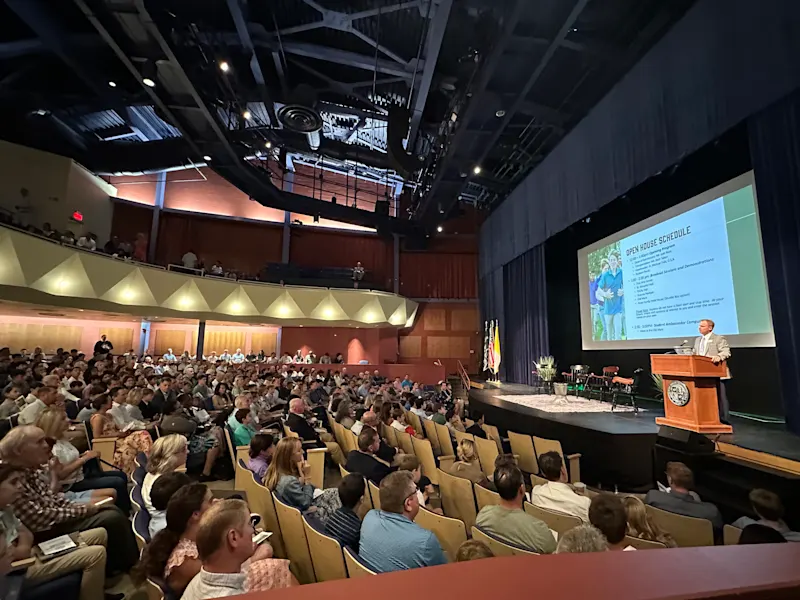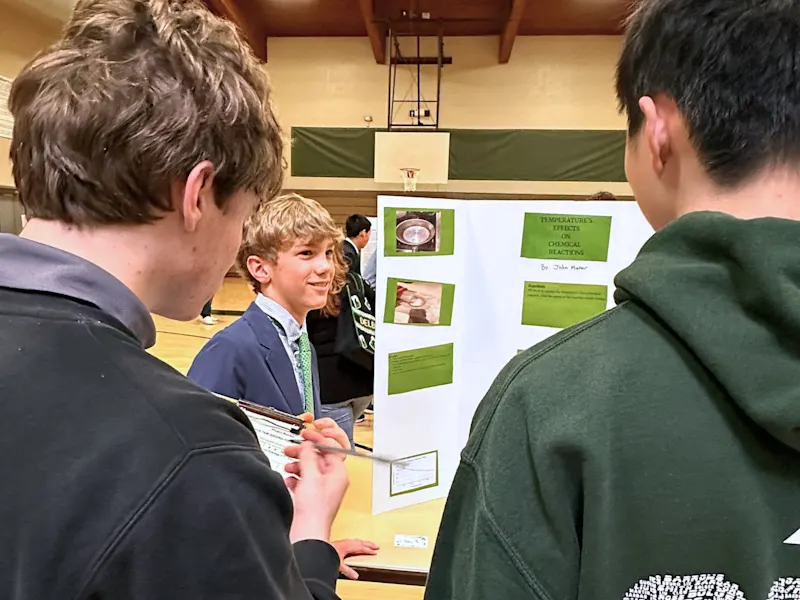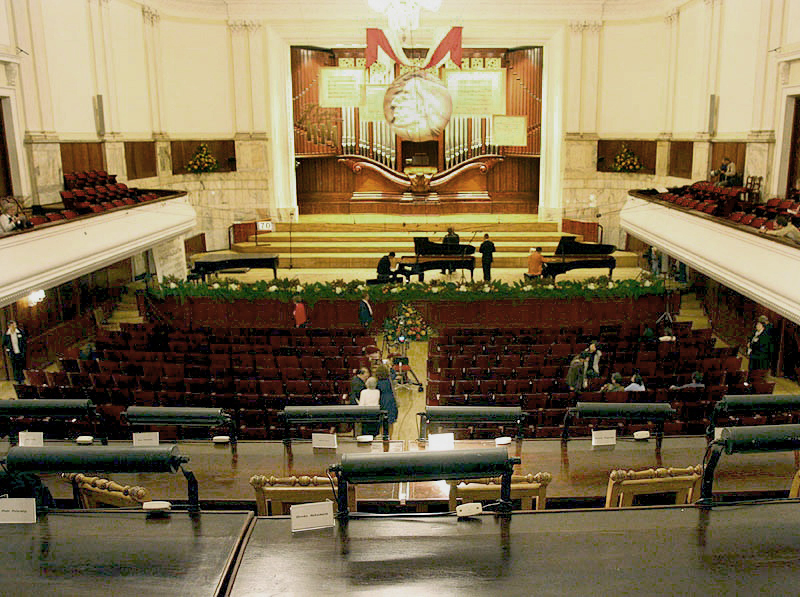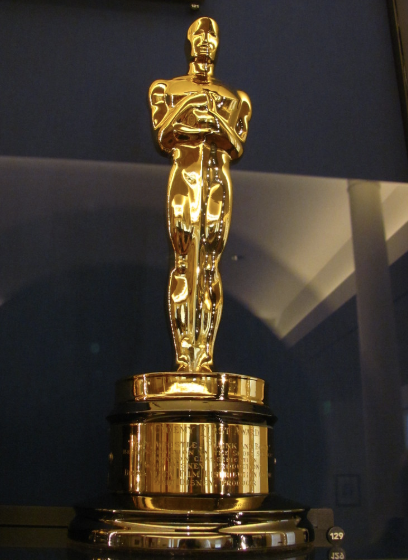Gustav Holst’s “Planets Suite” Review Series Pt 1: Mercury
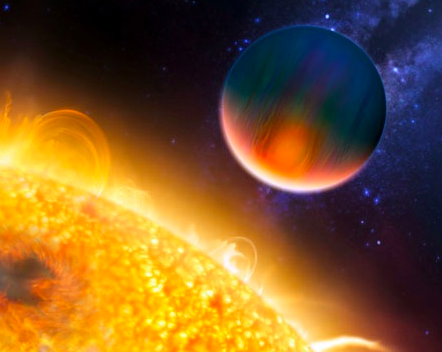
January 30, 2018
“A Human is the Sun and his feelings are the Planets.”
In Gustav Holst’s iconic classical music collection, “The Planets Suite” he portrays various different tones and styles to captivate listeners and transport them to alternate worlds. In this series, I am going to be recapping every movement from this legendary collection, and offering my two cents on the quality of the pieces, followed by a ranking at the end.
Mercury: “The Winged Messenger” → Length: 4:06
Performed by: The Royal Liverpool Philharmonic Orchestra
Just as Mercury is the fastest planet to orbit the Sun, the piece zips from section to section with seemingly little to no transition, making it the hardest to predict. Holst starts with ascending arpeggios in the woodwind section, with instruments such as the bassoon and flute ascending up a scale very rapidly to create the effect of a fleeting message. At around 0:35, there is a period of mysterious silence, characterizing the unpredictability of the piece. The horns join to create a brass call, as if ordering the instruments into a new section.
The iconic “Mercury theme” then starts at 1:10 and gets passed from instrument to instrument. The theme consists of 6 beats repeated twice with a slight variation at the end of the repetition. The theme starts with violin and passes to clarinet, followed by the flute. The flute than passes the theme to the xylophone, the woodwinds then play the theme together, followed by a rapidly growing string section slowly joining in to create a grander effect. At 1:50, the french horns hit a high note and descend in a minor progression to lead into, in my opinion, the most majestic version of the theme.
As the theme dies out into a contrasting section, the upbeat ascending arpeggios from the beginning start again. At around 2:35, a chaotic portion of the piece starts to build up, and intensifies further at 2:48. Vigorous string movements characterize this part of the piece. At 3:26, the theme starts up again with the clarinet, and then passed to the violin. The piece ends much like it began, with ascending arpeggios, followed by mysterious silence, and a surprise short note to end the piece: a perfectly unpredictable way to end Holst’s most unpredictable movement!
Final review: This piece, although amazing in its own way, is an interesting opening to the Planets. As we will see in the future, some of the other Planets have much more haunting, chilling, majestic, iconic, or beautiful sections to them that Mercury simply cannot match up with. Then again, the fact that such a masterfully created piece is lower on my list affirms that Holst was indeed a master composer, and a revolutionary for his time.
Next up: Venus


